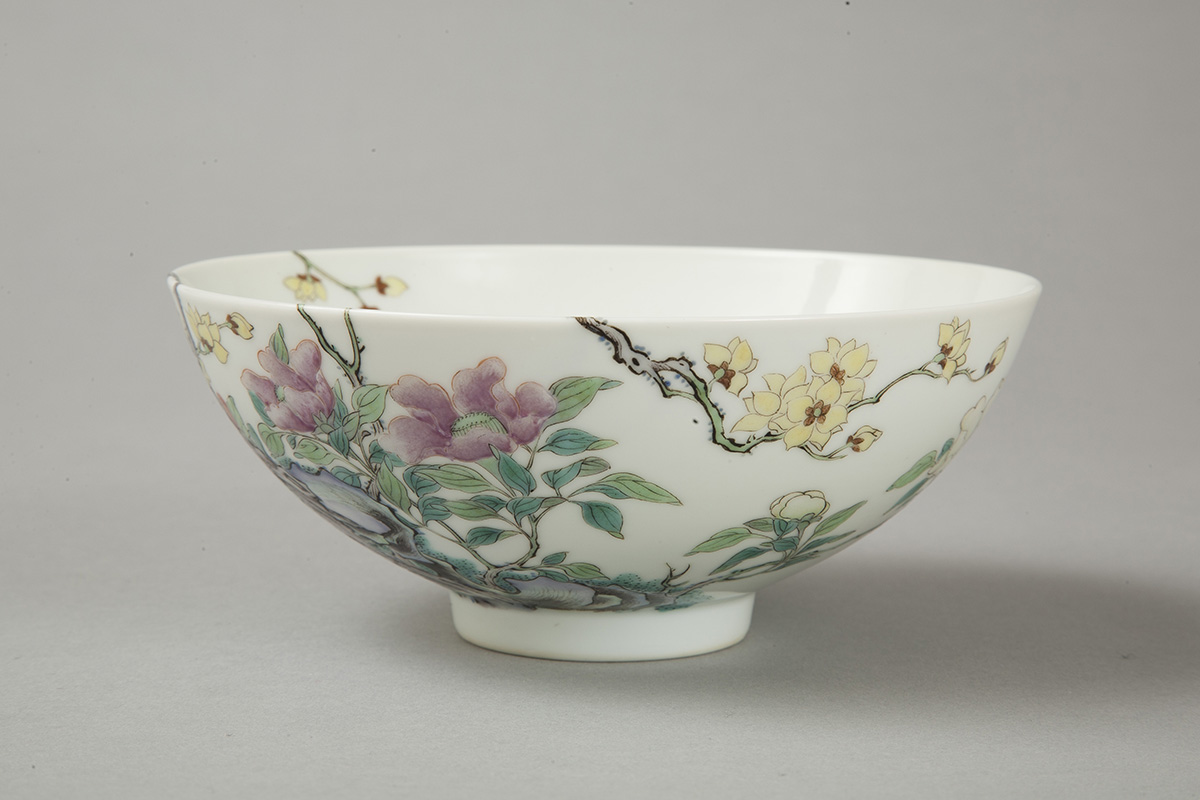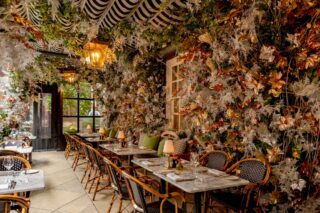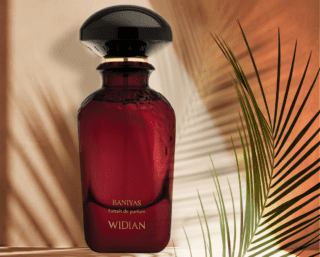This website uses cookies so that we can provide you with the best user experience possible. Cookie information is stored in your browser and performs functions such as recognising you when you return to our website and helping our team to understand which sections of the website you find most interesting and useful.
Calling all art collectors – imitation really is the best form of flattery
By Michelle Johnson | 2 November 2017 | Culture
Dr Nicole Chiang of the Museum of East Asian Art says collectible copies are on the rise with smart investors
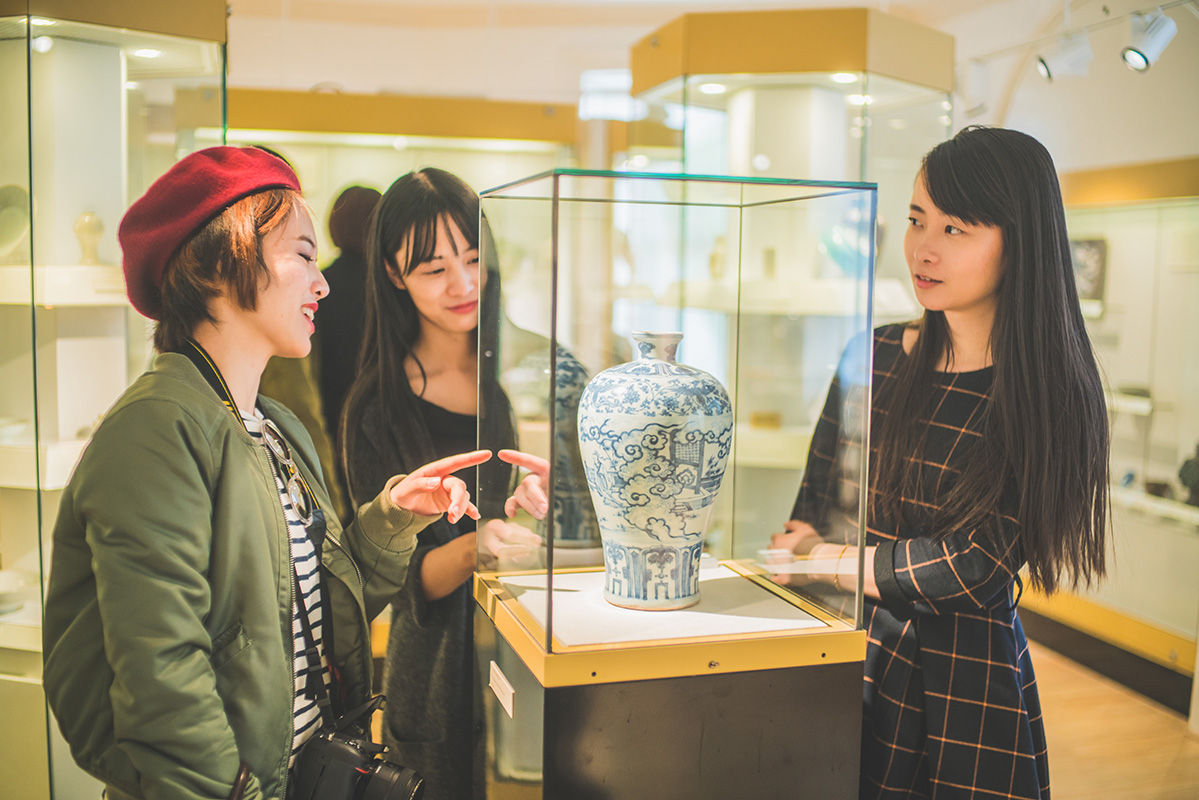
When it comes to investing in art, the Ming and Qing dynasty ceramics of East Asia have long been considered among the most valuable and popular collectible items. But for Dr Nicole Chiang, curator at the Museum of East Asian Art in Bath, imitation really is the best form of flattery – with celadon vase copies by 1930s Japanese lacquer master having become collectible works in their own right.
"Imitation has always been a phenomenon throughout Asian history. It's really part of the culture to make copies based on the old master's pieces. Those pieces are just as collectible and shouldn't be seen as fake." explains Dr Chiang. "Most collectors in Europe will avoid imitations, but my advice is that you just have to know what you're looking at.
"A fine quality 19th century celadon vase by a Japanese urushi master – or lacquer master – is still considered an antique and an art piece in its own right, which will ultimately continue to increase the value of the piece," she says ahead of a lecture on the subject at the Winter Art & Antiques Fair on Sunday 5 November, titled 'Collecting the uncollectibles'.
Asked why this trend of imitation was so prevalent in the 1900s, Dr Chiang says there are multiple factors to consider. "I guess there are several reasons for this tradition. There were, of course, people who were creating fakes to try and deceive foreign buyers coming into the country, but for artists it was a way of paying homage to the classical designs and old masters. If it's a beautiful work of art, why not make more and put your own stamp on it?" >>
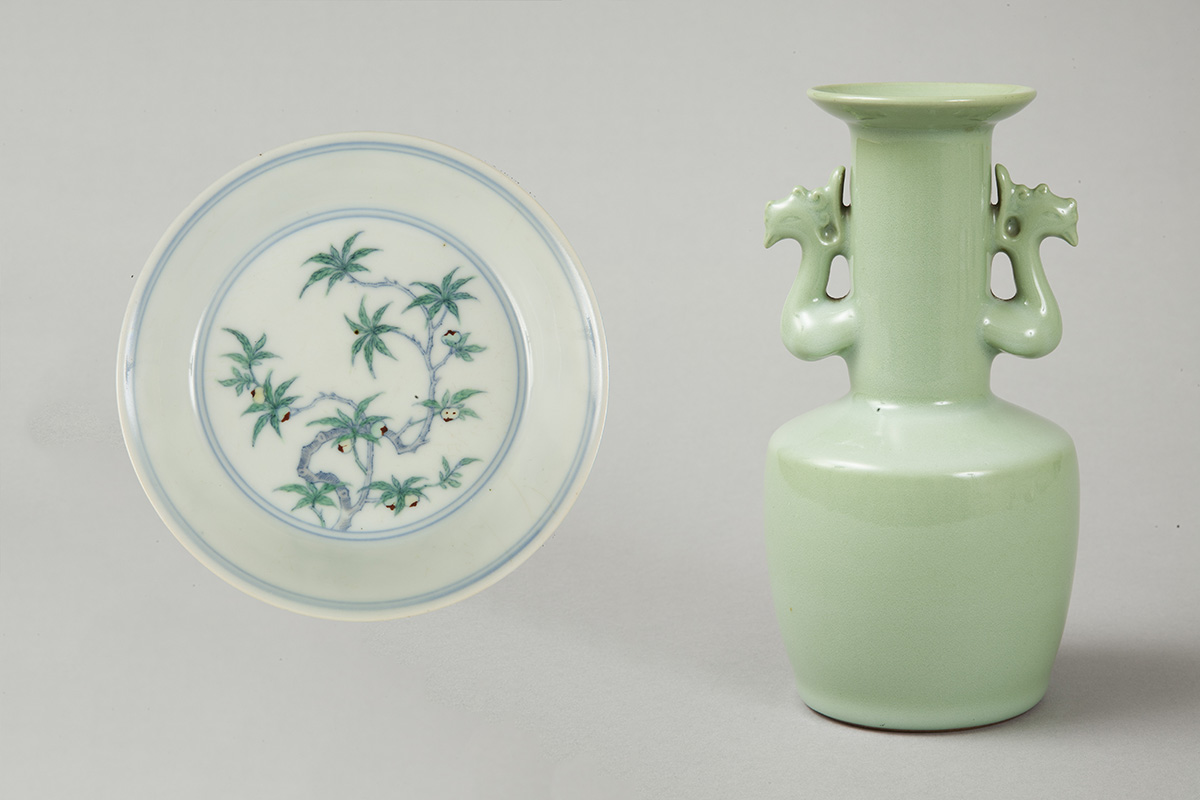
The museum's permanent collection consists of 2,000 artifacts, mostly of Chinese origin with Japanese and Korean items as well, spanning from 5000BC to the present day. The museum features jades, metalware, carvings and sculptures, as well as ceramics and lacquerwares from across East Asia.
"We have one Japanese celadon vase made in the 1920s, which is an extraordinary copy in the 11th century Chinese style. It was sold to one of our donors, Roger Bluett, as a Japanese modern piece, but for many years he used it to help his clients distinguish between what he called a 'genuine' Chinese vase from a 'fake' imitation," explains Dr Chiang.
"For me, this shows the cultural difference between the East and West. The cultural exchange is actually a very interesting and important element of the collection, because even the Chinese pieces show designs that originated in the Middle East or Central Asia. There has always been cultural exchanges around the globe, and we can see from these pieces that isn't such a modern thing."
Dr Nicole Chiang will be presenting her lecture at the Winter Art & Antiques Fair at the Olympia London
